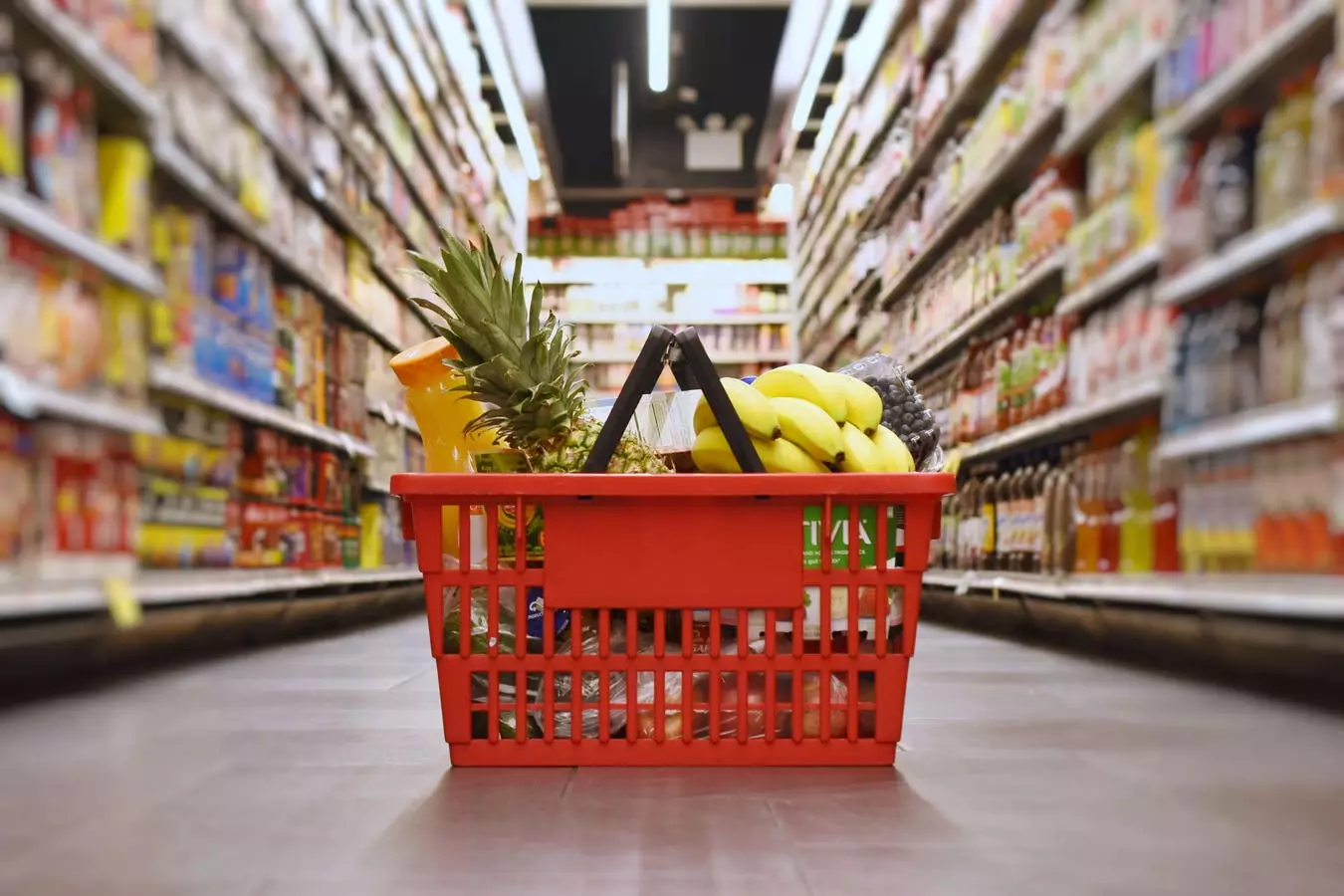In a surprising midnight decision, President Donald Trump initiated a series of tariffs with a sweeping 25% duty on various goods imported from Canada and Mexico. This economic maneuver has sent ripples throughout the economy, raising pressing concerns about rising prices that will inevitably affect American households. According to research by the National Retail Federation, these tariffs could cost consumers approximately $46 billion to $78 billion in diminished spending power annually. This unsettling forecast is more than a mere statistic; it is poised to usher in a new era of inflation that American families must navigate.
Cost Implications for Everyday Goods
As projected by the Peterson Institute for International Economics, the tariffs are anticipated to ramp up prices on essential goods. A 0.81% to 1.63% hike in prices for everyday products—including food, beverages, and general merchandise—can add significant burdens, particularly for low-income households. Imagine paying nearly $64 for a pair of athletic shoes that previously cost $50; this price jump is not just a minor inconvenience but a shift that could strain the finances of American families. For those already grappling with the rising cost of living, this additional financial pressure is a grim forecast for the future.
Note that the tariffs not only affect imported goods but also reverberate through the domestic market as retailers will likely pass on the costs to consumers. This unfurling reality poses serious questions about purchasing decisions and budgeting strategies for millions.
Income Disparities and Economic Division
A significant finding from the National Retail Federation’s report highlights an alarming disparity: the economic consequences of the tariffs will hit low-income families particularly hard. While tax cuts enacted in 2017 may have offered some relief to the wealthiest Americans, ordinary households in the lower income brackets remain vulnerable, and most households would experience net losses as a result of combined tax and tariff impacts. This bifurcation in financial resilience raises concerns about equity in economic policy, particularly when the middle and lower classes stand to face the brunt of these tariffs.
In an era marked by increasing social inequality, this widening gap begs for urgent attention from lawmakers and economic strategists alike. If current policies are not adjusted to consider the average American household, we risk further entrenching economic division.
Retail Responses and Consumer Sentiment
As retailers brace for the economic storm, there is evidence of growing discontent among consumers. In Canada, the movement toward buying local goods has gained momentum, with consumers actively promoting local products as a form of protest against the tacit pressures from the U.S. leadership. This local-first approach could catalyze an economic shift whereby consumers gravitate towards products that directly support their communities, thus potentially diminishing reliance on imports from the U.S.
Furthermore, retailers such as Walmart have voiced concerns about an uncertain business climate exacerbated by tariff announcements. There’s a palpable fear among these entities that consumers will curtail spending as prices rise, leading to a ripple effect throughout the supply chain. This chain reaction threatens not only retailer profits but also the livelihoods of countless employees who rely on a stable consumer base.
Broader Economic Considerations
The most recent data from the Labor Department reveals that inflation is climbing faster than anticipated, reinforcing the expectations that consumer prices will rise in tandem with new tariffs. The Federal Reserve’s reluctance to lower interest rates only compounds the worry that inflation will persist as a fundamental issue for American families. Since and before the Biden presidency, economic woes have been a central theme among voters, emphasizing the urgency for decisive action on inflation and consumer spending.
As tariffs tighten their grip on trade flows, American consumers stand at the crossroads, forced to adapt to a changing economic landscape that challenges their purchasing power and financial security. Farmers and suppliers from Mexico and Canada—which play crucial roles in the U.S. food supply chains—are likely to feel the repercussions as well, from increased costs to diminished exports. The interconnectedness of these economies means that the ramifications of tariffs extend far beyond simplistic notions of trade disputes.
In light of these factors, consumers are encouraged to critically evaluate their spending habits, anticipate potential price changes, and perhaps find solace in community-focused purchasing strategies. How we respond to these economic challenges will determine not only the resilience of our households but also the trajectory of our economy in the months to come.

